Our family traces its history on Rancho La Vina back to 1868, when our patriarch, Joseph Wright Cooper purchased the property from the Cota family.
Joseph had been leasing the property for a few years and had come to appreciate its best qualities. When the Cota family hinted that they were thinking of selling, Joseph jumped at the chance and offered a price many felt was at least 25% too high. Joseph understood that anyone who took the time to appreciate the property for its climate, terrain, and ample water would arrive at the same price.
Joseph reasoned that he would rather let others think him a fool for paying too much than be the stingy fool who let the opportunity pass.
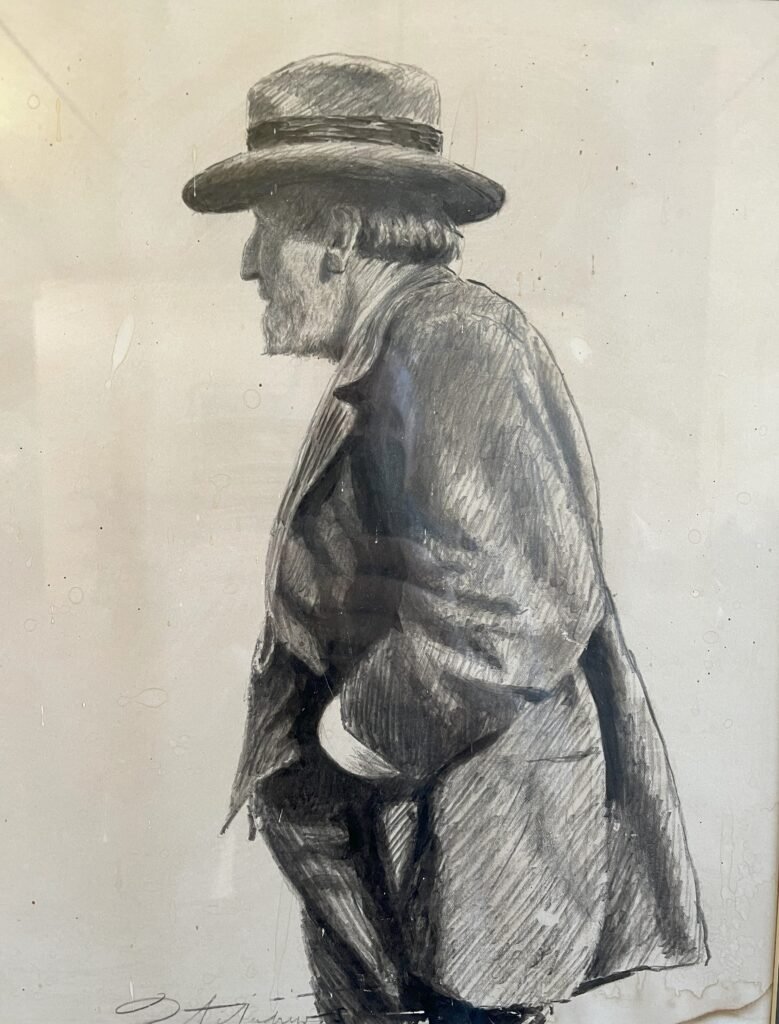
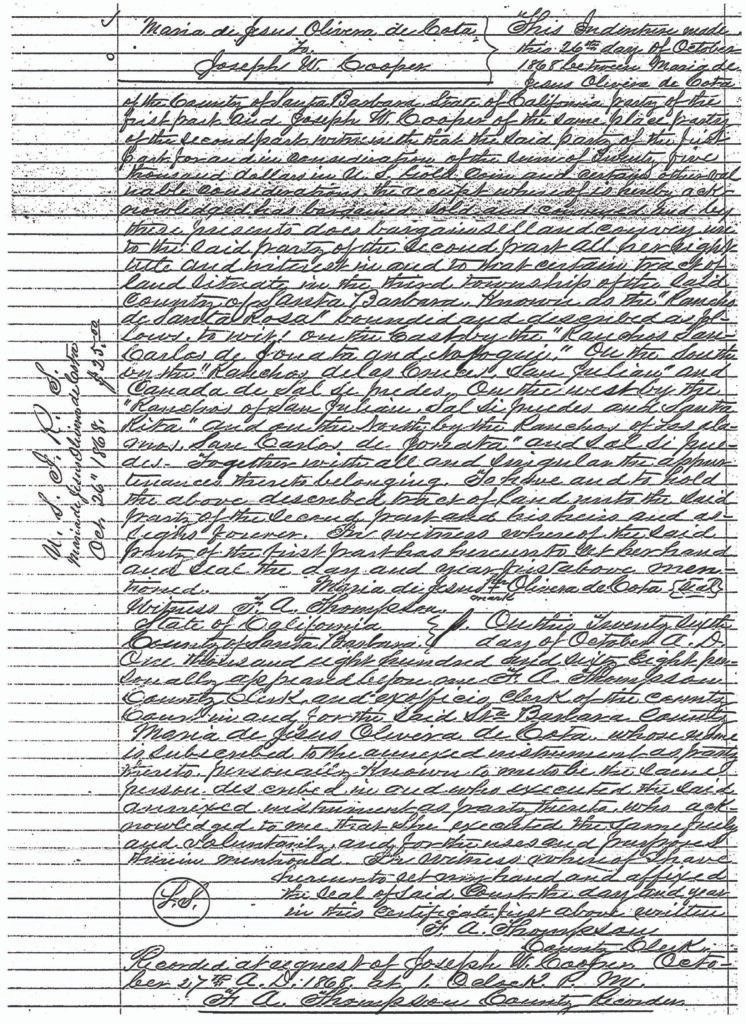
Joseph, however, did not have enough money to make good on his handsome offer. Fortunately, a dear friend and business partner, Hubbard Hollister, loaned him the balance to complete the transaction.
In 1871, Hubbard would again demonstrate his immeasurable friendship, introducing Joseph to his niece, Frances Mary Hollister. Joseph and Frances were a match from the start, marrying a few months later in July 1871.
Joseph and Frances Mary would go on to have seven children. Upon their passing, it was only their eldest son, William “Dubby” Hubbard Cooper, that wanted to continue to own at least some part of the property, while his brothers and sisters wanted to pursue their own endeavors elsewhere. By this time, Dubby had developed a strong connection to the land and understood the importance of protecting its watershed. He knew that if he wanted to start his own family, he would need a dependable source of water. He honed in on our reliable creek, Canada de la Vina, and renamed the ranch in honor of that creek: Rancho La Vina.
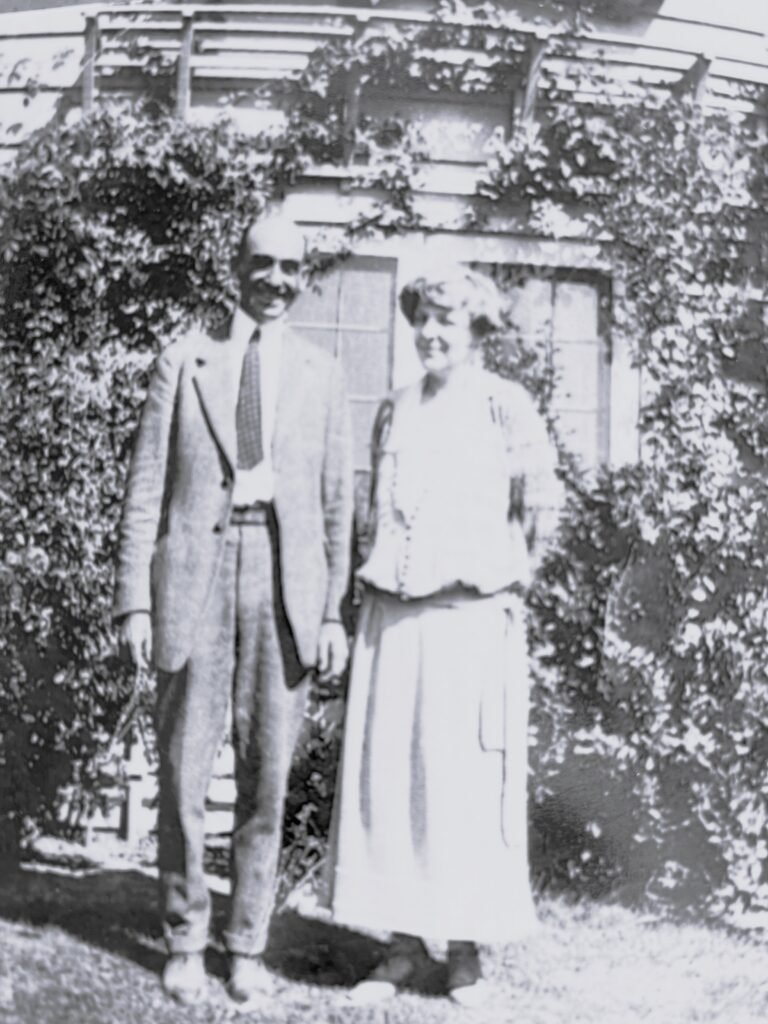
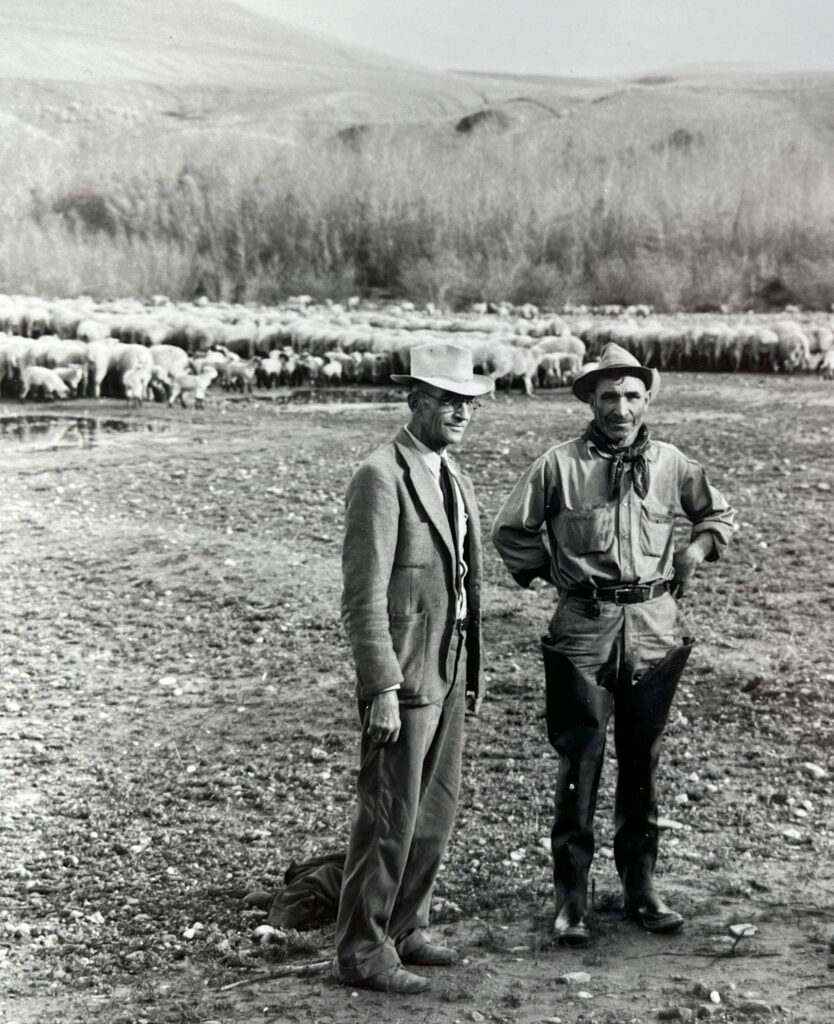
In the 1800s and early 1900s, cattle and sheep were dominant in Santa Barbara County’s agrarian economy. Rancho La Vina chose to focus on sheep and shipped the wool from the wharf at Gaviota Beach.
Dubby could see value in diversifying and taking advantage of Rancho La Vina’s fertile fields. In 1914, he decided to plant walnuts, hoping that an orchard would better handle the swings between wet and dry years.
As a young boy, William “Bill” Hubbard Cooper, Jr. would be raised in an era of sheep but would quickly adapt to the changing times. After graduating from college, Bill was soon faced with the realities of the Great Depression. Working for banks to restore the productivity of farms that had become financially insolvent, William quickly learned the hard lessons of business.
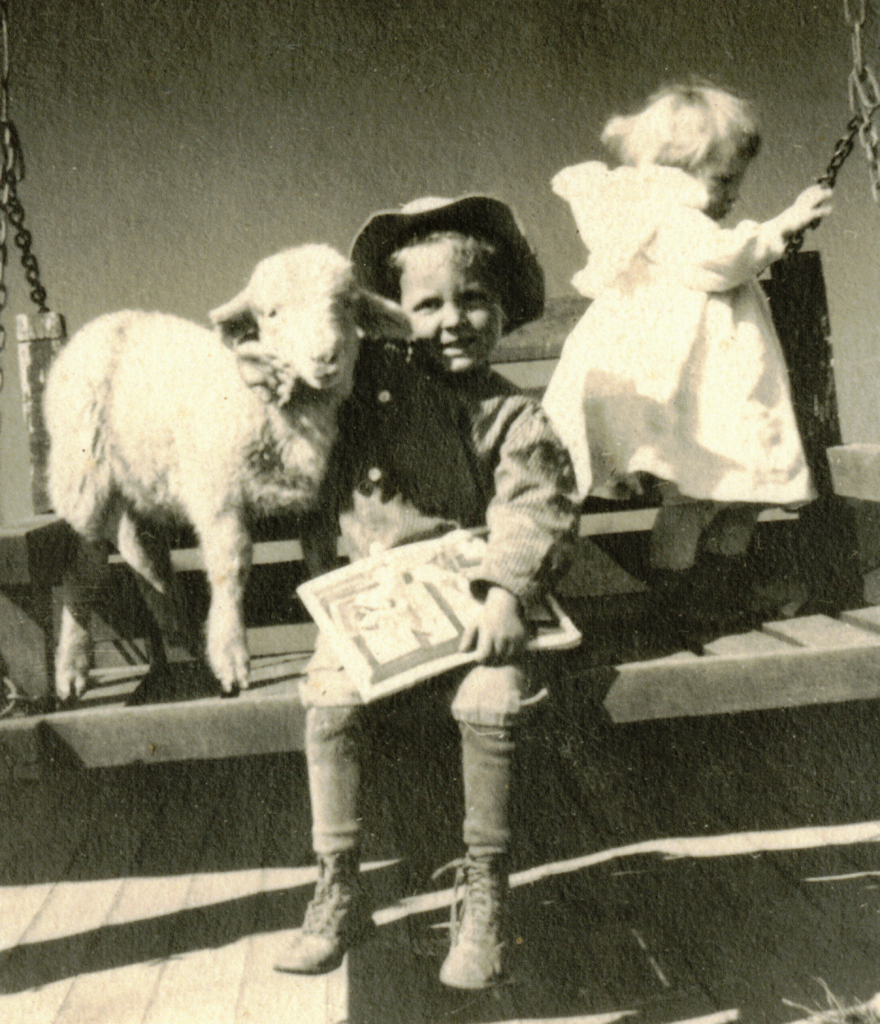
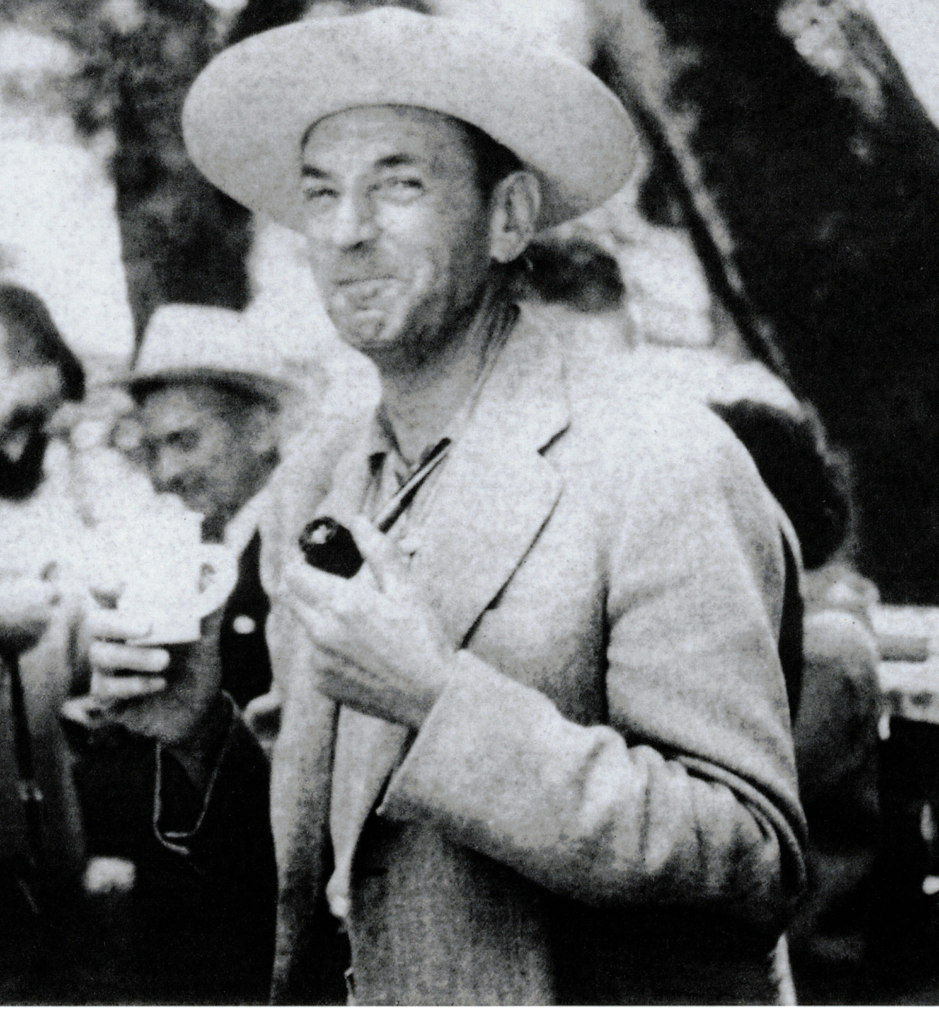
While Dubby could see the need to diversify and could recognize the opportunity in walnuts, it was his son Bill that would take the opportunity by the reins. Bill maintained a focus on modernizing our operation, investing in equipment and machinery to stay competitive, planting orchards more densely to improve consistency in annual harvests, and focusing on the Payne walnut. Over his life, Bill would see Rancho La Vina plant over 200 acres of walnuts, providing future generations of the family with a strong foundation for success in agriculture.
Ensuring that Rancho La Vina be kept in the family and that each successive generation have an opportunity to pursue their interests in agriculture has always been part of our mission. In fact, the blond young man in the upper left of the photo, Jose Baer, went on to lead Rancho La Vina for 26 years. During his tenure, he led a number of initiatives, including our transition to organic farming and our foray into selling products directly to consumers.
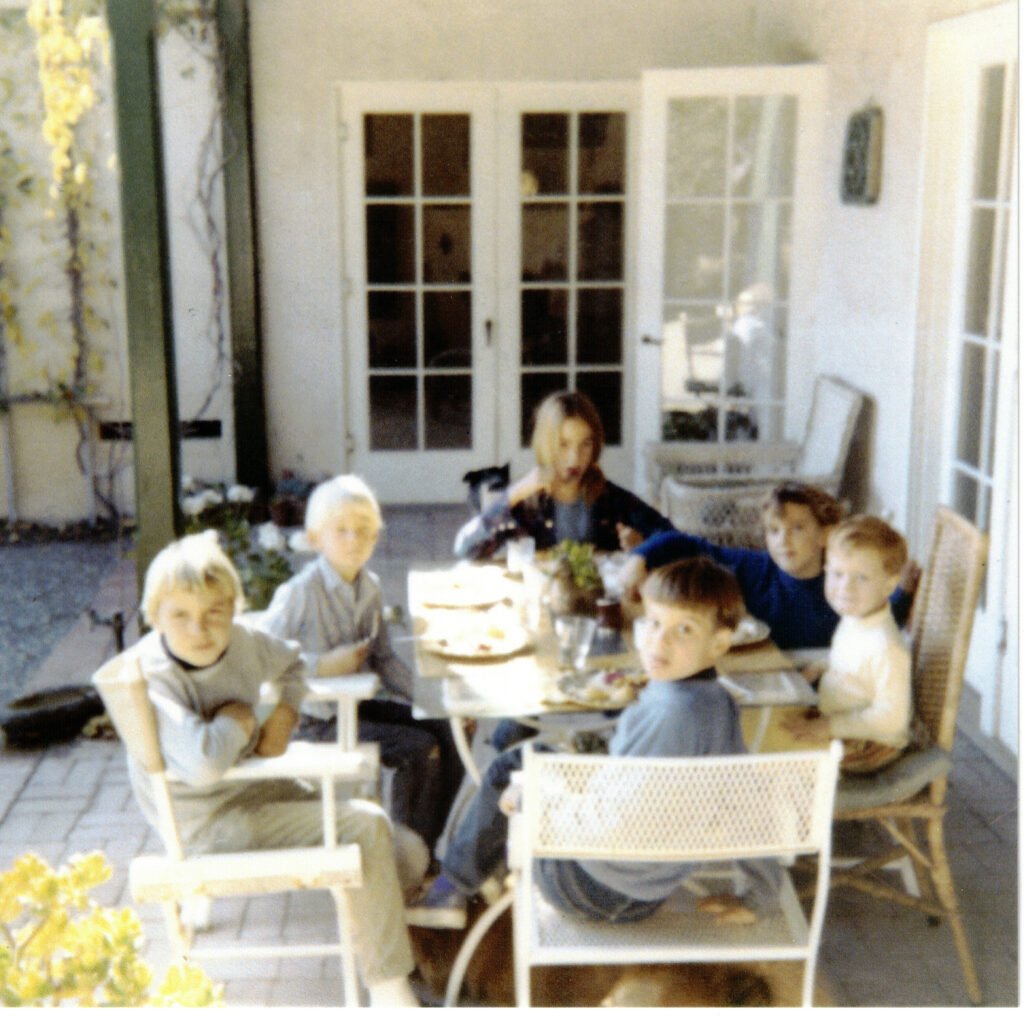

This photo was almost 40 years ago and shows members of our 3rd, 4th, 5th and 6th generations. We now have a 7th generation. Clearly, we are doing a good job of keeping the family together and involved, but maybe we need to take more family photos…stay tuned…
